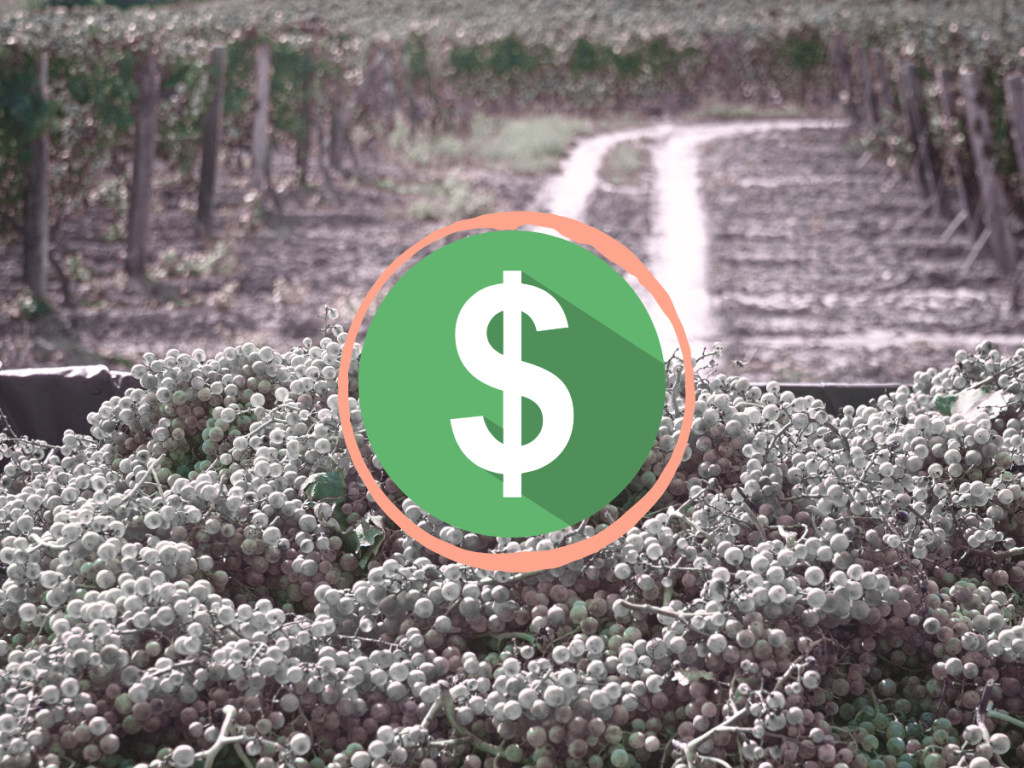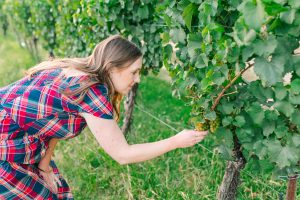
Image by: Denise M. Gardner
Going into the 2025 vintage, it’s obvious that costs are on everyone’s mind.
As a quality-focused consultant, I do tend to worry when I start to hear conversation regarding cost-cutting in the cellar. Grape growing, to some degree, is fixed. A grower will have to spray at routine times to avoid losing the crop. And we’ll all justify those costs as “necessary.”
But the costs that are cut in winemaking are not always as obvious on how they can reduce wine quality. In a winemaking world where we want fruit-driven, varietal expressive, and flaw-free wines… do you know when a winemaking decision is affecting those attributes negatively?
I’d have to argue that most winemakers don’t actually know the outcome of their decisions, which is why I help many make those decisions.
Below you’ll find some topic areas that always come up with cost cutting in wine production. Here’s what I would recommend if I knew a client was hard pressed on cutting costs during this harvest season.
1) Minimize Analyses, but Complete Essential Ones
Measuring and monitoring the essential analyses start to matter when we look at enological costs because analysis is costly. Most business-oriented people I talk to always look at analysis as a zero sum game: “it costs us money, it doesn’t make us money.” But that’s not really true, and from a philosophical perspective, one could use that same argument with vineyard sprays mentioned above.
Having the right analysis at the critical moment will save the company money in the long-term by minimizing mistakes, catching problems early when they can be easier to fix, and maintaining product specifications.

Photo by: Savannah Smith Photography
A good consultant will be able to time analyses to ensure some are not repeated unnecessarily and that you meet the bare minimum to monitor wine quality or make educated winemaking decisions. Juice and must analyses are easy to justify as this is the starting point for your wine.
For juice, essential analyses comes down to:
- Brix (Sugar)
- pH (Acid)
- TA (Acid)
- YAN (Nitrogen)
Some winemakers will push back on titratable acidity, TA, finding it unnecessary. I would argue you really know nothing about the wine’s acidity style without knowing the TA. Plus, if you are making wine from a high potassium site, knowing the TA is absolutely essential for treatment during the winemaking process.
TA’s can vary amongst a given pH. All wines are acids, so a juice pH of 3.10 is not necessarily more acidic than a juice pH of 3.30. In theory, yes it should be. But TA will come into play here. It’s possible the 3.10 pH juice has a TA of 9.3 g/L tartaric acid while the juice with a pH of 3.30 has a TA of 10.5 g/L tartaric acid. In this example, the juice with the TA of 10.5 g/L tartaric acid is actually more acidic. The resultant wine from this juice will likely end up more acidic as well and taste more sour. If this concept eludes you, please check out my Winemaking Lesson: pH Explained.
In fact, knowing the TA can actually help a winemaker make more educated decisions at crush in order to obtain the wine stylistic goals he/she desires. Ultimately, knowing why one is doing something eliminates guesswork. Eliminating guesswork saves money on the basis of time/labor. Additionally, having the information eliminates the need for adding processing aids/ingredients to a wine that are unnecessary and costly.
When it comes to the finished wine, stay on target with analyses. It’s impossible to skip regular analyses like pH, free SO2, and total SO2, which fluctuate throughout production. But for other analytes, it’s possible to reduce time points for measurement in for most wines. For example, don’t stop monitoring volatile acidity (VA), which is a spoilage indicator. Monitor VA strategically at the right time in order to catch a problem if one persists. Another example, measure final alcohol before bottling and avoid measuring at several places during the wine’s production. Unless you need to know the alcohol before blending, you can cut down on some analytical testing with this parameter. And finally, don’t measure the malic acid content unless the wine was inoculated for MLF and you need to confirm MLF is complete. If the wine wasn’t inoculated, assume there is malic acid in the wine. For most wines, that’s probably all you need to know about the malic acid content.
2) Mistakes are Costly
At some point in our winemaking career, we will all make mistakes.
But it’s likely those mistakes end up going against the bottom line.
The most frequent mistake I see winemakers make is making unnecessary wine movements (i.e., rackings, transfers, filtrations, etc.). For some reason, it appears difficult for many winemakers to “just let a wine be,” and many will fidget with a wine repeatedly. Some winemakers even dip into barrels weekly, just to “see how the wine is going.” These decisions not only reduce efficiency and expend labor energy, but they are also detrimental to the wine’s quality.

Photo by: Savannah Smith Photography
At the end of fermentation, the wine is fairly saturated with carbon dioxide (CO2). Every movement will reduce that CO2 concentration and can replace CO2 with oxygen (O2), which can impact the wine’s dissolved oxygen (DO) concentration. Most wineries I work with do not regularly monitor or manage DO. Higher rates of DO, especially as the wine is bottled, can reduce wine longevity and SO2 retention. Therefore, it is in the winemaker’s best interest to minimize unnecessary movements for financial and quality purposes. If you don’t know how to do this, winemakers are always welcome to join the DGW Elite Membership program, which is the most cost-advantageous expertise-driven consulting program we feature! Remember Elite group meets twice a month to review your winemaking questions.
The biggest flaw-based mistakes I see annually are reduction, oxidation, and high volatile acidity (VA) issues. All of these will result in financial losses. A financial loss occurs when a wine needs downgraded from a premium product to a lower-quality product, or by increasing the per-bottle cost due to increased inputs (e.g., fining agents, ingredients) to maintain some level of quality.
Most cases of reduction can be avoided through proper nutrient management during primary fermentation. Winemakers that find it too difficult to measure nitrogen in-house can prepare for harvest by gathering up supplies to send samples to a lab. They will need: sample bottles/tubes, labels, shipping boxes, ice packs, and Ziplock bags to cover and ship samples. Send the samples overnight (because you are shipping perishable, fermentable juice) to an appropriate lab and the nitrogen measurement (YAN) should get returned to the winemaker on the day the juice is received. [Author’s Note: ISO-accredited labs will need to return the measurement on the day the juice is received. If the lab is not ISO-accredited, result time may vary.]
In contrast, treating reduction requires time (i.e., money for labor), a fining agent (i.e., food-grade copper sulfate 1 L of 10% solution ≈ $32 + shipping), and then, likely, a fining agent to reduce the residual copper concentration (i.e., PVI/PVP at ≈ $650) plus additional time for treatment and the appropriate filter pad size for fining agent removal.
Winemakers should consider the cost of measuring nitrogen (YAN) against the cost of fixing reductive flaws to evaluate cost savings. Again, they also have to weigh the potential loss of quality in the wine if the wine becomes reduced and requires copper sulfate treatment. The quality loss here being the general loss of varietal character (which was optimized during the vine’s growing season).
An oxidative issue is even more expensive. Oxidation problems will require some fining agent to reduce oxidative off-flavors. If a film persists in addition to the off-flavor, extra filtration is usually required to remove the film. There is a lot of time that goes into both of these steps. Plus, at the end of an oxidative issue, the wine will likely need blended with something else or remediated and allocated to a lower end wine. This can end being a financial loss as well, especially if a premium-valued wine is affected by oxidation.
The bottom line is: avoid mistakes at all costs.
3) Preparation
This may be boring for most winemakers, but it is also a cost savings. Preparation can include a lot of different components such as:
- Review of tank space and how wines will move throughout harvest.
- Overall operations and order of operations for each lot of grapes coming into the cellar.
- Barrel purchases and allotment.
- Options for barrel alternatives.
- Record keeping efficiency and need.
Just to name a few.
Each year, I go through a Fermentation Plan with my clients for each set of fruit that is expected to hit the cellar. This is a detailed list of operations in appropriate order for what gets done to that fruit. Everyone working harvest has that information up front, and this decreases guesswork while improving efficiency for the team. Ultimately, everyone knows what tasks are critical to minimize delays in work time and avoid overtime hours when possible. Repeat overtime hours, especially when a team is small, can quickly degrade the physical energy of a cellar team. I see it every year. As this builds up, tasks start to take longer or get missed, both of which contribute to extra costs towards each bottle of wine produced.
You, too, can create Fermentation Plans. If you’d like to use my template as example, please consider purchasing a DGW Insider or Elite Membership for access.

Photo by: Savannah Smith Photography
Barrels and oak adjuncts are definitely items hit by tariffs this year, especially if you are used to using European oak. Each oak supplier has sent me different tariff policies for the 2025 year, and at first glance, it may seem advantageous to purchase stock barrels before tariffs kick in. That is certainly one option to consider for 2025. The alternative option is what we discussed in Episode 13 of “Voices of the Vine” with Gina Shay, Trust Cooperage Sales Representative for the Greater USA and Canada: purchase your barrels after you know your volume need and the outcome of the vintage (in terms of quality). It’s possible tariffs will hit your order at that time, but it’s also probable your order will be more reflective on need. Again, I encourage each winemaker to weigh pros and cons in relation to cost. It also goes without saying that once you have made an investment in a barrel, take care of it properly to expand its longevity.
Furthermore, some wine styles, including dry red wine styles, can alternate to oak alternative use instead of barrel aging. Oak alternatives or oak adjuncts are often more cost effective than a barrel. Use a good consultant (*wink, wink*) or oak specialist to help you make these adjustments seamlessly.
And finally, records. I see so many winemakers writing endless books on winemaking notes. You know what goes faster? Templates! Less writing. Just collect the essentials. If you need a start at this, consider the DGW Fermentation Records.
This vintage year will be one for the books, not because of the season per se, but because of the environment we are under making wine this vintage. Sales are down, competition is fierce, costs are up, and quality is at stake. It is fair to say that this season is not for the faint hearted. Stay the course, winemakers. Make good, educated decisions!
The views and opinions expressed through dgwinemaking.com are intended for general informational purposes only. Denise Gardner Winemaking does not assume any responsibility or liability for those winery, cidery, or alcohol-producing operations that choose to use any of the information seen here or within dgwinemaking.com.
